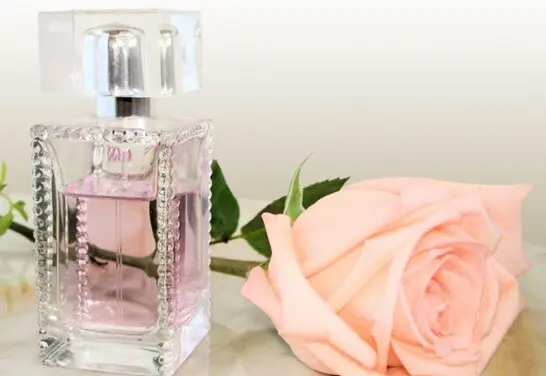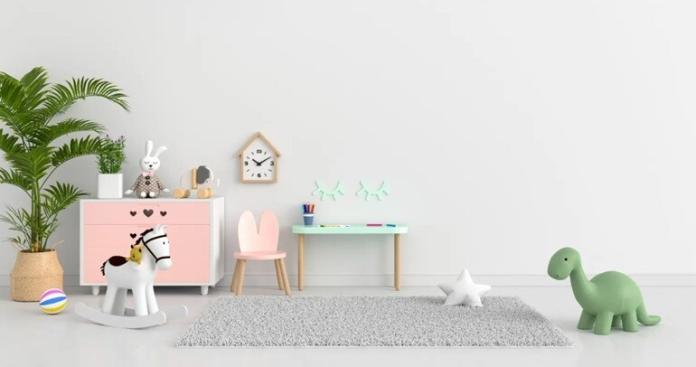Your Brain Smells Before It Thinks
Of all five senses, smell is the most instinctual. It bypasses logic and heads straight for memory, emotion, and behavior. You don’t decide to feel something when you smell vanilla or citrus—your brain just does it. That’s why scent is one of the most powerful, underrated tools for influencing your mood, productivity, and even confidence.
It’s not magic. It’s neuroscience.
The Limbic System: Where Scent and Emotion Meet
When you inhale a fragrance, the scent molecules interact with olfactory receptors in your nose. These signals go directly to the limbic system—the part of the brain that handles emotion, memory, and motivation. Unlike visual or auditory input, which gets processed through layers of interpretation, scent hits raw.
This is why one perfume can make you feel relaxed while another can trigger alertness. It’s also why smell can bring back memories you didn’t know you still had.
Fragrance as an Emotional Regulator
You can use scent intentionally to nudge your emotional state. Certain notes are known to correlate with specific mood effects:
- Vanilla and caramel – comfort, warmth, safety
- Citrus (like orange or bergamot) – energy, clarity
- Lavender and chamomile – calm, decompression
- Woody notes (like sandalwood or cedar) – grounding, confidence
- Floral notes (rose, jasmine) – romantic or nostalgic moods
This is where a fragrance like Prada – Candy excels. Its dominant notes—caramel, benzoin, and musk—are enveloping and sweet, but not childish. It’s designed to tap into emotion, wrapping the wearer in a soft, confident glow.

Candy Isn’t Just Sweet—It’s Strategic
At first glance, Prada – Candy sounds like a sugar bomb. But it’s more sophisticated than that. The caramel note hits first, yes, but it’s supported by balsamic warmth and soft musks that deepen the scent and make it linger close to the skin.
This makes it a great choice for shifting your mood without drawing attention. You don’t wear Candy to make a statement. You wear it to change your inner weather.
Whether you’re heading into a stressful day or just need a boost, this scent offers psychological comfort in an unapologetically feminine form.
Time of Day and Emotional Timing
Your body chemistry, mood, and even stress levels fluctuate throughout the day—and fragrance interacts with all of it. Consider aligning scent to emotional intent:
- Morning – Energize with light florals or citrus bursts
- Midday – Reset with airy musks or clean notes
- Evening – Unwind with deeper gourmands like caramel or vanilla
- Late night – Intimate scents with sandalwood, amber, or musk
If you treat perfume like a tool instead of an accessory, you can design emotional outcomes instead of reacting to them.
Mood Layering with Fragrance
The idea of layering scents isn’t just about complexity—it’s about mood stacking.
Example: Start your day with a light citrus lotion to wake you up. Midday, refresh with a quick mist of musk. At night, add something cozy like Prada – Candy on pulse points.
Each layer shifts your emotional state slightly, building a more intentional rhythm into your day.

Personal Scent and Confidence Loops
The way you feel when you smell good is more than just vanity. Studies show that people who wear fragrance regularly report feeling more confident and composed—even when no one else is around.
That boost becomes a loop:
- You apply fragrance →
- You feel better about yourself →
- You interact differently →
- You receive more positive reactions →
- You repeat the cycle
Fragrance isn’t superficial. It’s behavioral priming.
Scent as a Portable Environment
In uncertain or chaotic environments, scent becomes a form of personal control. If you wear a fragrance that calms or centers you, it doesn’t matter where you go—your internal space goes with you.
This is why people often associate specific scents with feeling “safe” or “at home.” Candy, with its warm and creamy base, creates this effect. It’s not a fragrance that demands attention. It’s one that holds your attention inward, keeping you steady.
You may also like to read,







